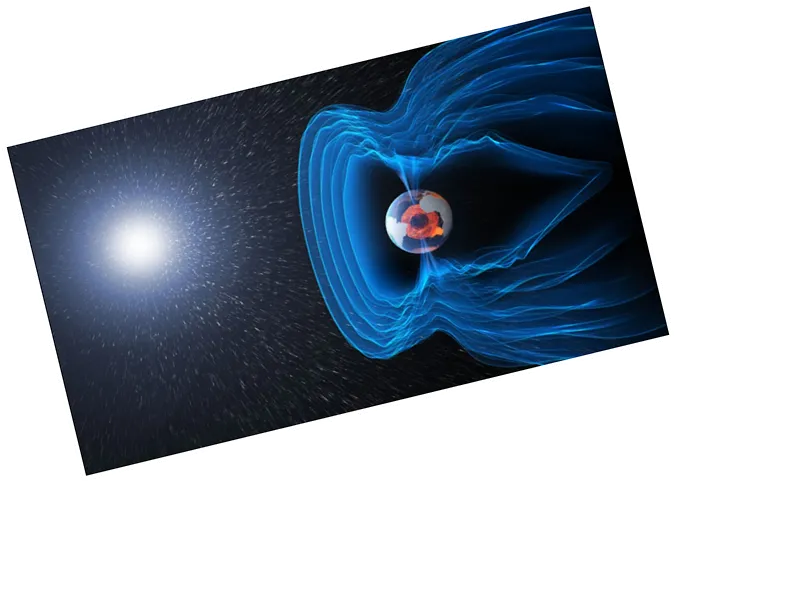Understanding Earth's Magnetic Poles and Their Dynamics
The Earth is unique in that it has both geographical and magnetic poles. While geographical poles are fixed points marking the North and South ends, the magnetic poles are dynamic and can shift significantly over time. Notably, the North Magnetic Pole has moved approximately 1,000 kilometers since the 1830s. This movement is primarily due to the complex interactions within the Earth's layers, particularly the molten iron and nickel in the outer core, which generates the magnetic field through its dynamic movements.
The Implications of Magnetic Pole Reversal
The phenomenon of magnetic pole reversal is a subject of scientific interest, with evidence suggesting that this has occurred around 200 times in the last 80 million years. The last recorded reversal happened approximately 780,000 years ago. Current research indicates that while the North Magnetic Pole is speeding up its movement, it is uncertain if a full reversal is imminent. If such a reversal were to occur, it could disrupt navigation systems and potentially affect communication technologies, although scientists believe that the gradual nature of these changes would allow society to adapt. The potential health implications from increased solar radiation due to a weakened magnetic field remain a topic of ongoing research.






